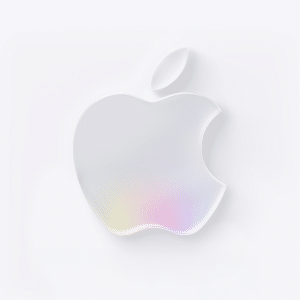FARMINGTON, Conn. — The number of smartphone shipments to rise from 700 million in 2012 to 1.37 billion by the end of 2017. Apple’s iOS and Google’s Android will continue to dominate the market with a combined market share of 81.7% of smartphone shipments in 2017, up from 78% in 2012. Unlike OS market share, handset vendor market share will be volatile during the forecast period. Smartphone vendors can be removed from the top share positions in less than a year (for example, HTC and RIM in 2011), because the market evolves extremely fast and competition is fierce.

Operators should resist the temptation to develop their own smartphone platform. A bad track record in software and content distribution and a lack of hardware design and capabilities are major pitfalls for any operator-controlled smartphone platform.
Executives seeking detailed market research on global smartphone markets and spectrum valuation will benefit from the two reports previewed below.
Smartphone markets: worldwide trends, forecasts and strategies 2012-2017
Retaining established smartphone users is as important as capturing new ones. 75% of worldwide smartphone shipments will correspond to handset upgrades in 2017 (see Figure 1). This will create a significant strategy shift for stakeholders. Operators will have to increase the value of smartphone contracts by offering early handset upgrades and larger data allowances to retain customers, and handset vendors will have to develop stronger app and content ecosystems (as Apple has done) in order to increase loyalty.
The addressable market represented by multi-device ecosystems is still relatively small, but will grow significantly in the next 5 years. Operators should embrace those ecosystems in the following ways: 1) Offer multi-device data plans so that consumers can add mobile connectivity to their personal ‘device pool’; 2) Adopt and promote inter-device connectivity technologies specific to each ecosystem in mobile broadband routers and IPTV set-top boxes; and 3) Open access to content distribution channels dedicated to each multi- device ecosystem and facilitate the transfer of content between the devices.
Spectrum valuation: critical strategic, technical and commercial factors for operators and regulators.
When mobile network operators roll out a new network, they typically start with an evenly spaced layer of coverage sites. As more customers join the network, the traffic that the network needs to carry increases depending on the location of users, so that individual sites may become more overloaded than others. When this happens, operators ‘split’ the busy site by building a new capacity site near it that can absorb the excess traffic.
Like the population of a country, mobile traffic is distributed unevenly between rural and urban areas. Because of the uneven distribution of traffic, the prices operators are likely to pay for each additional capacity band is likely to decrease. This is because the number of sites on which an operator can usefully employ additional capacity bands reduces with each additional capacity band.
In order to remedy this, the operator can either split the forty sites, or could acquire additional capacity in new higher frequency bands in order to add capacity to established sites. According to the report, operators derive commercial and strategic value from holding additional spectrum.
Companies mentioned in this report include America Movil, Anatel, AT&T, Cell C, China Mobile, Everything Everywhere (T-Mobile), EVN Telecom, France Telecom (Orange), Globe Telecom, Hanoi Telecom (Vietnamobile), Hutchison 3G UK (3), LightSquared, Net4Mobility, Sonera, Telefonica de Espana (Movistar), Telefonica UK (O2), TeliaSonera, TELUS Communications, Verizon, Vodafone (UK) and Vodafone Espana.
Global Information, Inc.










